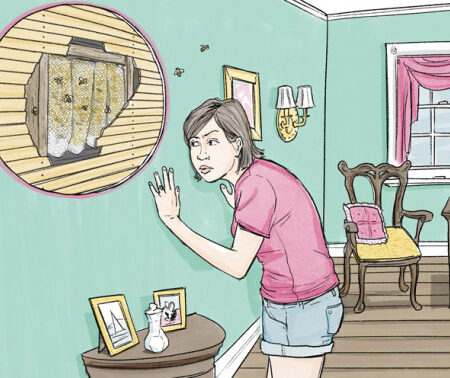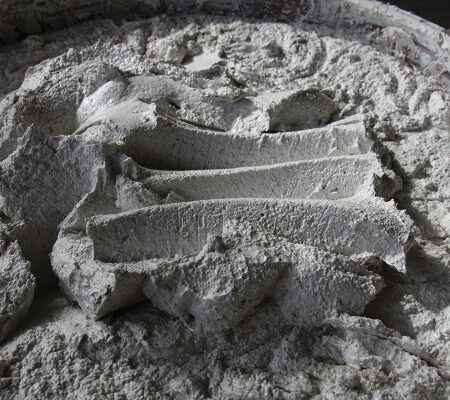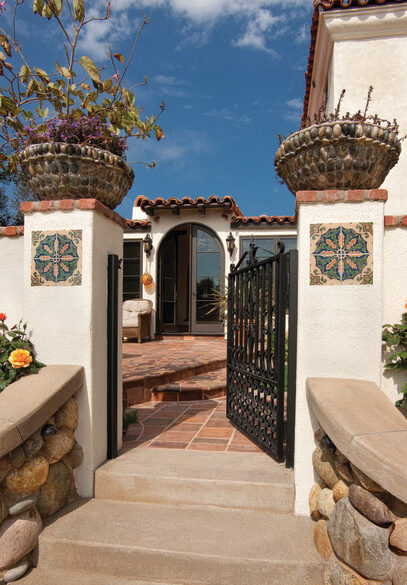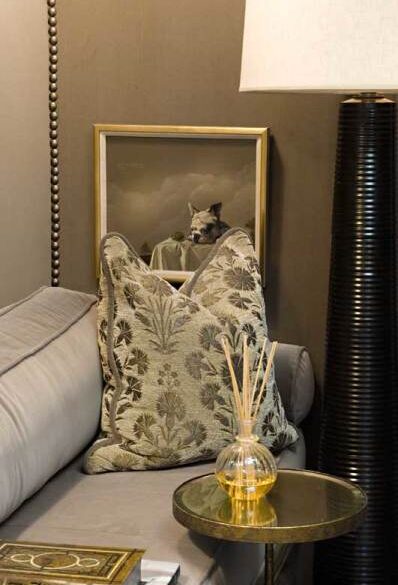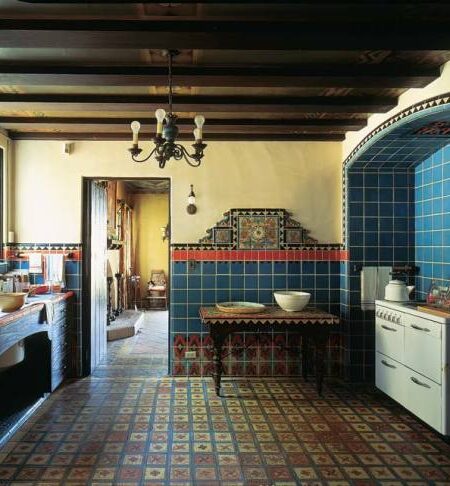This content was originally published on OldHouseOnline.com and has been republished here as part of a merger between our two businesses. All copy is presented here as it originally appeared there.
Adding a wall cladding of salvaged wood is a great way to make a big change after just a couple of days of labor. This once-plain dining room, for example, was transformed with about $100 worth of old tongue-and-groove wood paneling and some serious effort.
As the project designer, I purchased the reclaimed wood boards at the ReSource Building Material Store in Burlington, Vermont, and brought it to the site for cleanup and renewal. What a turn-around!
The Process
1. SALVAGING WOOD
The boards were already separated and clean of nails when they came from the resource yard. On site, the boards were scrubbed clean with a bleach solution, and inspected for mold and insect infestation. When the wood was dry, the designer painted all of the boards with a very watered-down whitewash.
If an opaque paint is preferred, use a knot-killing primer first. To leave the natural wood color, consider a Safecoat or Osmo-product finish.
2. INSTALLATION
There’s no question this could be a do-it-yourself job for anyone with average renovation experience. A construction crew was on site, however, and two men made quick work of installing the boards to create the feature wall. They were careful to screw each board into studs to avoid buckling or failure later. In this case no construction adhesive was necessary. If there are gaps between boards, or they might open with shrinkage, be sure to paint the underlayment the same color as the wood (or slightly darker) so no unwanted background shows through.
3. THE ROOM
Immediately the room called for a more informal, farmhouse approach to furnishing. The designer added a custom farmhouse table that was made up to her design from salvaged old floorboards and porch posts. Mismatched, secondhand chairs work well in the space. The vintage 1970s chandelier was picked up at Habitat for Humanity and the designer simply replaced the existing glass globes with some Edison-style lightbulbs to give it a retro yet trendy look.
A Feature Wall
Wood finishes are familiar in traditional houses: think of board wainscots, raised paneling, beadboard, and shiplap. They generally cover every wall in a room. When creating a single feature wall, try to make it look logical-like an added-on or end wall, or an original finish uncovered.




